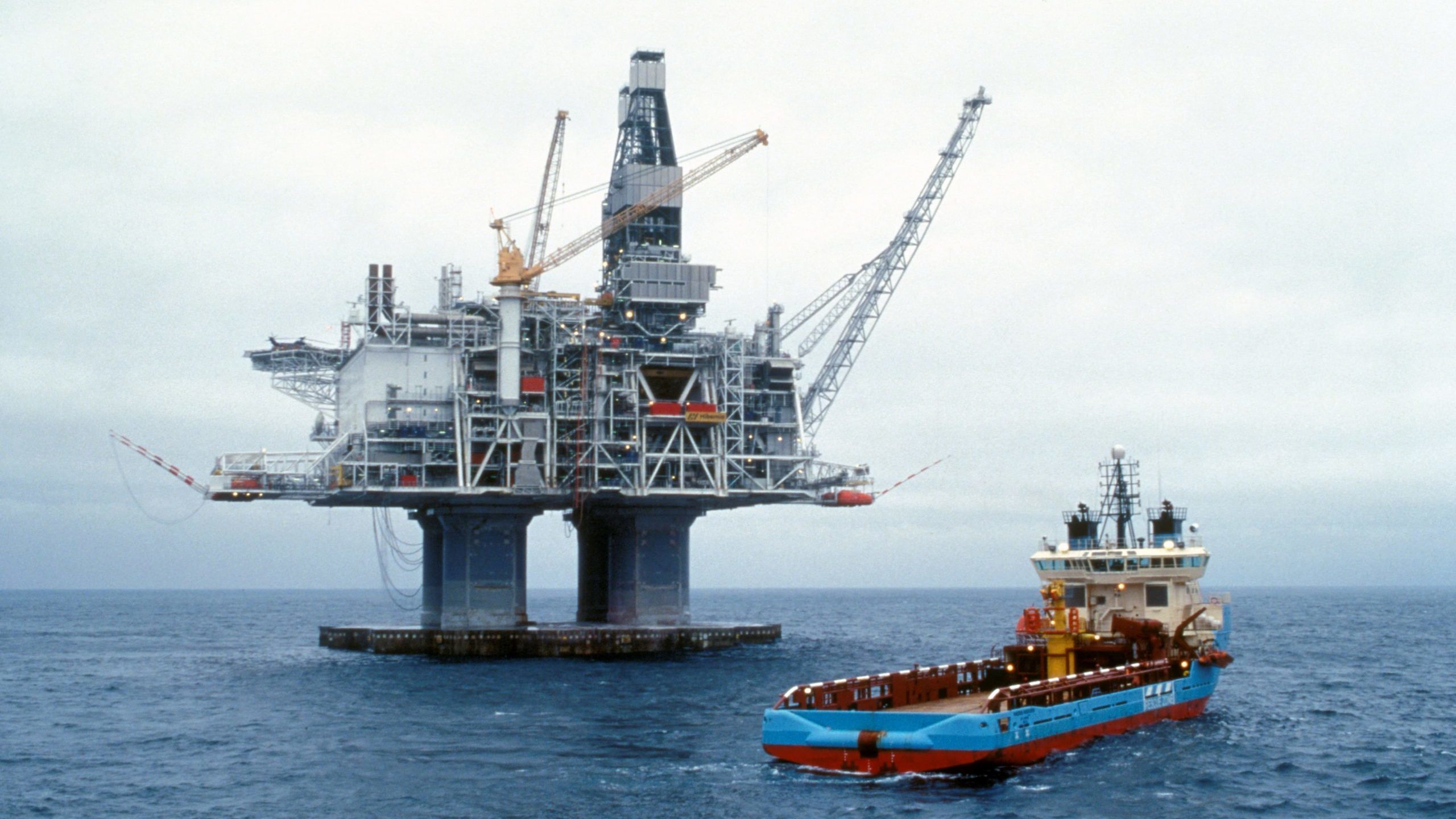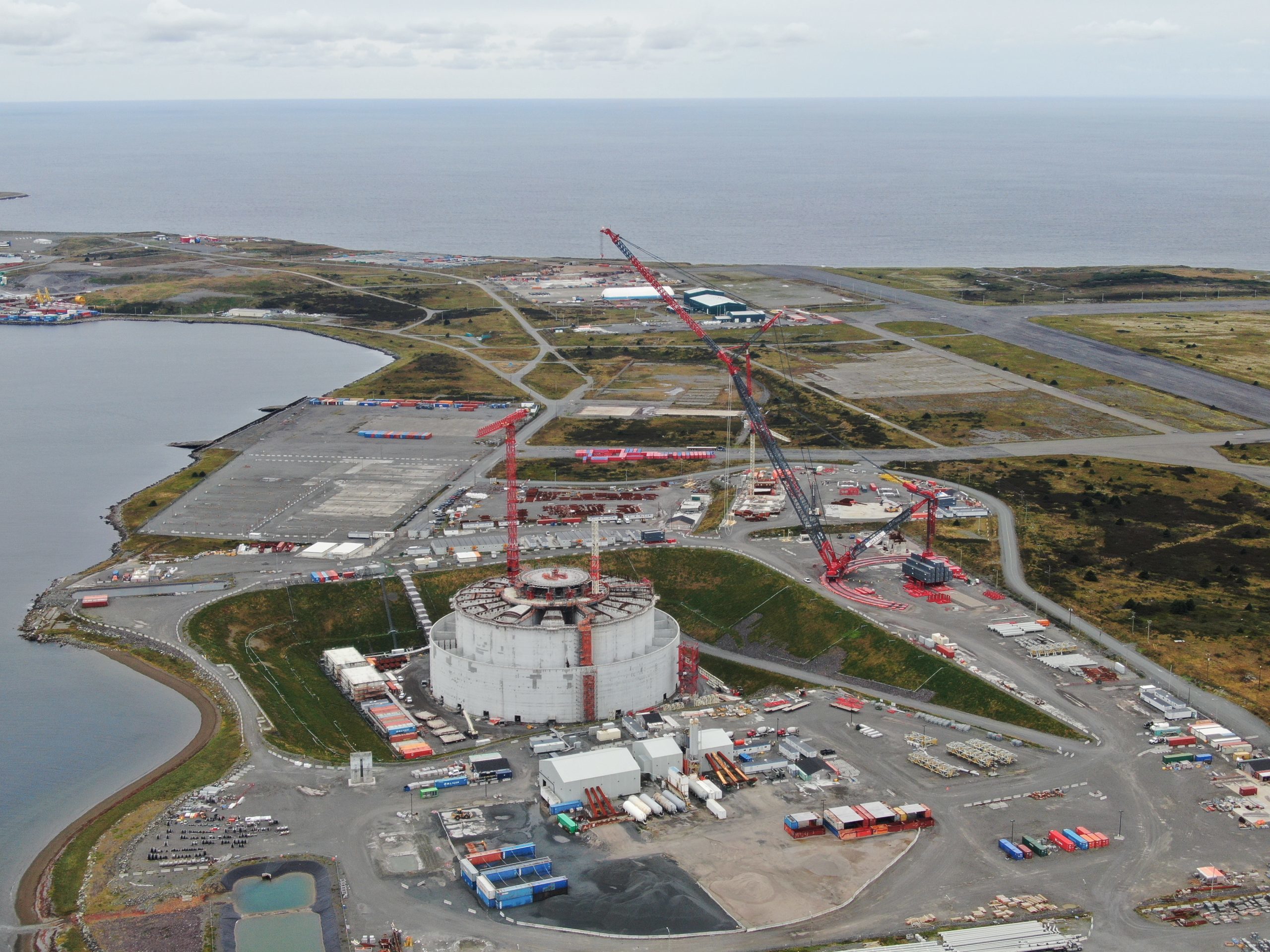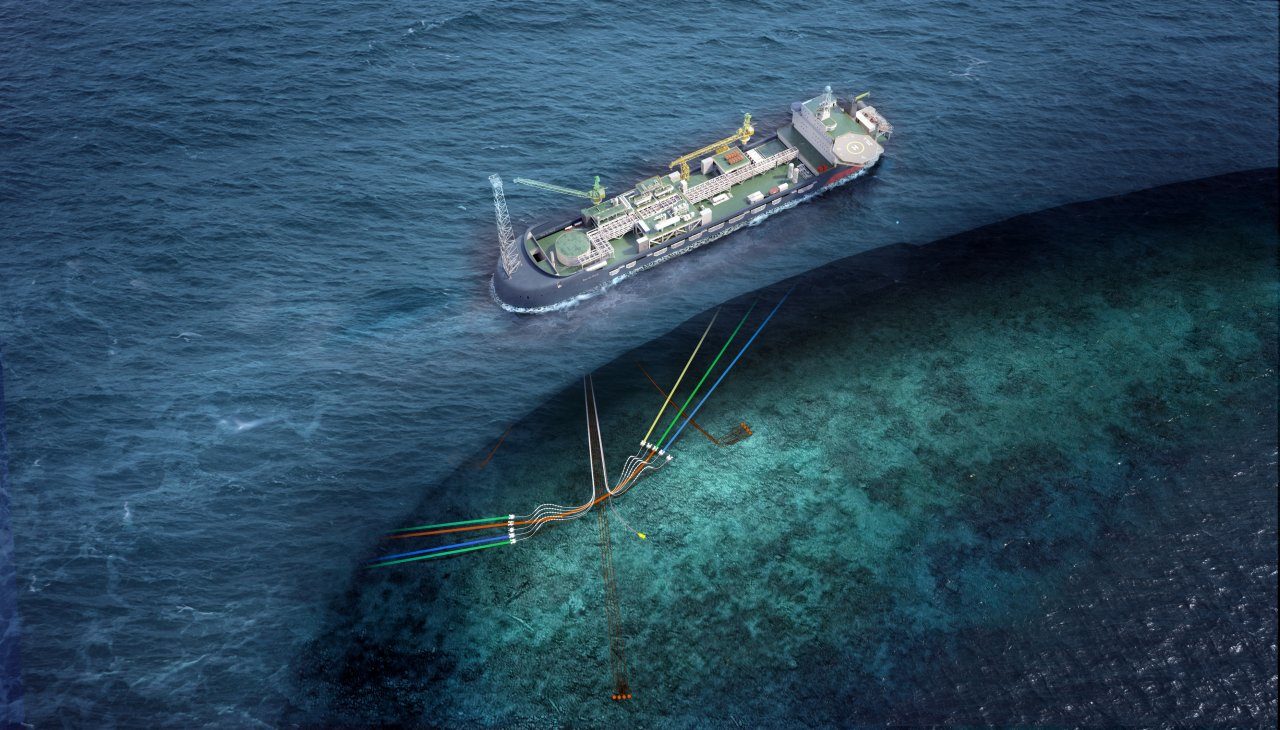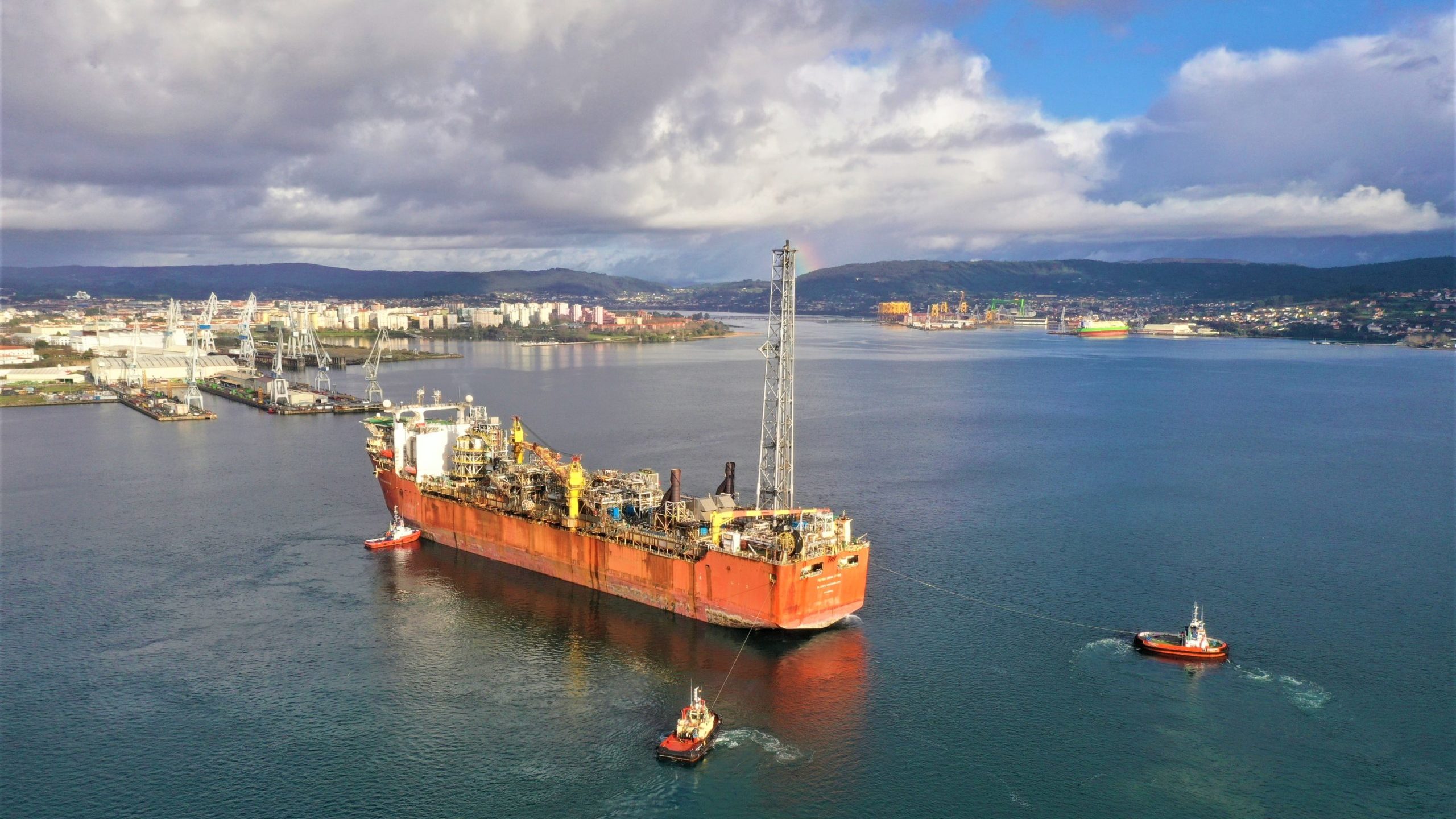Europe needs new suppliers to get off Russian oil and maintain energy security in the long term.
Newfoundland and Labrador’s offshore oil industry is already a steady supplier to Europe and can grow significantly, if major projects get the go-ahead.
“We have the potential certainly to be producing more,” says Paul Barnes, Atlantic Canada and Arctic director with the Canadian Association of Petroleum Producers.
“We hope to be the supplier of Europe, like we have been for a number of years, in the long term.”
Europe’s countries consumed 11.9 million barrels of oil per day in 2020, according to the International Energy Agency (IEA). Over one-quarter of the supply came from Russia, according to the World Economic Forum.
Demand is expected to decrease in the coming decades, but Europe is still expected to consume 10.4 million barrels per day in 2030 and 6.4 million barrels per day in 2050, according to the IEA’s latest outlook.
While the main market for Newfoundland and Labrador’s offshore oil is the United States, projects sent an average of about 83,000 barrels per day to Europe between 2015 and 2021, according to Statistics Canada.
Those oil exports had a total value of over $11.4 billion.
Europe’s top five purchasers of Canadian offshore oil over the last half-decade were the United Kingdom ($4.1 billion), Italy ($2.3 billion), Netherlands ($2 billion), Spain ($1.8 billion), and Ireland ($457,000).

Newfoundland and Labrador’s offshore oil production peaked in 2007 at about 425,000 barrels per day, according to the Canada Energy Regulator. The Hebron oil project that came online in late 2017 has helped offset declining production from existing projects.
As of December 2021, the province’s total offshore oil production was about 230,000 barrels per day.
That production has lower greenhouse gas emissions than the global average. Oil from Newfoundland and Labrador has average emissions of 13.8 kilograms per barrel, compared to the offshore international average of 16.1 kilograms per barrel, the province says.
The first step for production growth will come later this year as the Terra Nova floating production, storage and offloading (FPSO) vessel, shut in since the end of 2019, comes back online.
In 2021 operator Suncor Energy and its partners announced an extension project to refurbish the vessel and give it a decade more life. Production is expected to reach 29,000 barrels per day in 2023.
Another 75,000 barrels per day could come online in the near term if Cenovus Energy and its partners resume construction of the West White Rose project.

West White Rose is a production platform that would connect to the existing Sea Rose FPSO. Construction was suspended in 2020 at about 60 per cent complete amid the oil price crash from pandemic lockdowns.
A decision on whether to restart is expected by mid-2022.
“We’re hoping for a positive announcement,” Barnes says.
“These are big projects. These are big fields. We’ll have Terra Nova back onstream later this year and hopefully, fingers crossed, the West White Rose project will get the go ahead. And in a couple of years, that will be in production.”
The offshore industry in Newfoundland and Labrador is also awaiting a decision by the federal government on whether a major new project called Bay du Nord can proceed.

Owned by Norway-based Equinor, the proposed 200,000 barrel per day project is expected to have emissions of less than 8 kilograms per barrel, about half of the current international average.
In August 2021, the Impact Assessment Agency of Canada recommended the project for approval, stating that it is not likely to cause significant adverse environmental effects.
The project needs approval by the federal government, but the decision has been delayed twice. It is now expected in early April.
With the world facing a growing energy crisis because of Russia’s invasion of Ukraine, that decision can’t come soon enough.
The unaltered reproduction of this content is free of charge with attribution to Canadian Energy Centre Ltd.
